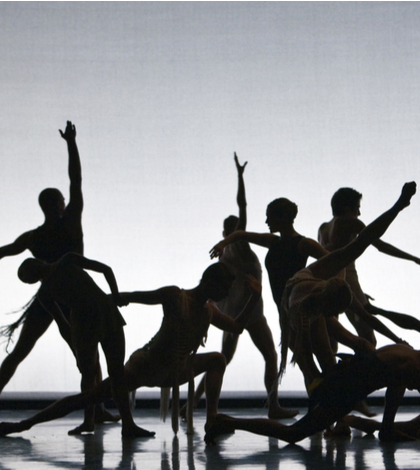The UC Riverside study points out that the “creative arts” are a major economic driver, especially in California. So why isn’t it getting more relief from the federal government?
COVID-19 has delivered a hammer blow to the U.S. economy, and no sector has been hit as hard as the creative arts.
That’s the conclusion of COVID-19 and the Creative Economy: Necessary Not Discretionary, a recent study by the UC Riverside School of Business Center For Economic Forecasting & Development.
Subtitled “Why Supporting the Arts and Culture is Critical for Economic Recovery,” the study shows how important the creative arts to California’s economy and the country’s and the hit both have taken since COVID-19 struck the United States.
It also makes a case that arts and entertainment should be getting more help from the federal government’s CARES Act and the Personal Paycheck Protection Program, two emergency relief programs the Trump Administration established to help businesses deal with the crisis.
“The current public health crisis resulting from the novel Coronavirus pandemic has dealt a swift, heavy blow to the U.S. economy, and nowhere is this pain being felt more acutely than in the creative sectors,” the report states in its introduction. “Moreover, despite accounting for a significant share of the U.S. and California [economic output], the level of support being directed at arts and culture industries has fallen far short of other sectors.”
The report then notes that the creative economy – performing arts, spectator sports, museums, historical sites, and other similar institutions – have seen their employment drop 54 percent compared to last year.
Leisure and Hospitality, which is made up of the Arts and Entertainment and the Accommodations and Food sub-sectors, shrunk by 47.2 percent between April 2019 and April of this year.
That was the worst job loss of any industry. “Other Sectors” was second, with a 21.2 percent drop, according to the report.
An estimated 2.4 million people were employed in performing arts and spectator sports nationwide in April 2019, according to the U.S. Bureau of Labor Statistics.
One year later, the number had fallen to roughly 1.1 million people, the bureau found.
Most people think of the creative arts as discretionary, not necessary, to the economy, even though in 2019 it accounted for 8.2 percent of California’s economy and 4.2 percent of the U.S. economy.
“We follow the creative economy closely because it’s an important driver of California’s economy,” said Adam J. Fowler, director of research at the center and a co-author of the report. “A lot of policy makers don’t track it like they do unemployment or manufacturing, but it has as much to do with the success of the economy as those sectors do.”
So far, the federal relief support allotted to the creative support that assessment. As of April 16, only one percent of the loan money sent to California by the Paycheck Protection Program – which is administered by the U.S. Small Business Administration – has been earmarked for arts and education.
The report recommends returning to the federal CREATE Act, proposed by U.S. Sen. Tom Udall, D-New Mexico. If approved, the act would support small businesses devoted to art through the U.S. Small Business Administration, while pointing economic development tools like incubators and grant programs toward arts and entertainment.
That proposal has yet to make it out of the Senate.
The non-profit Arts Connection: The Arts Council of San Bernardino County represents multiple arts groups throughout the county, virtually all of which need some financial help to stay afloat, said Jennifer Kane, the organization’s executive director.
“Maybe an average of $10,000 each, although some would need more than that,” Kane said. “I just know that a lot of art organizations in Riverside and San Bernardino counties are struggling to stay afloat.”
The Inland Pacific Ballet, which stages shows throughout Riverside and San Bernardino counties, has had to cancel seven shows so far this year, including a production of “The Little Mermaid” that represented a $100,000 loss, said Annette Johnson, director of marketing and development.
“The show we’ve had to cancel and the people we’ve had to let go have been devastating,” Johnson said. “We were supposed to start our season March 13, which is right when the pandemic really hit. The timing couldn’t have been worse.”
The ballet has received some funding from Paycheck Protection, but not nearly enough to cover all of its expenses, Johnson said.
“There’s some state money set aside for the arts but we don’t know if we’re eligible for that,” Johnson said. “It’s going to be difficult for a lot of groups to stay in business.”
People will travel a long way to see a play or other performance that they really want to see, said Patrick Brien, executive director of the Riverside Arts Council.
“People who go to a show usually have dinner at a restaurant first, or they stay at a hotel if they’re from out of town,” Brien said. “The arts bring people into a community, which is not something you can afford to lose.”
 IE Business Daily Business news for the Inland Empire.
IE Business Daily Business news for the Inland Empire.


